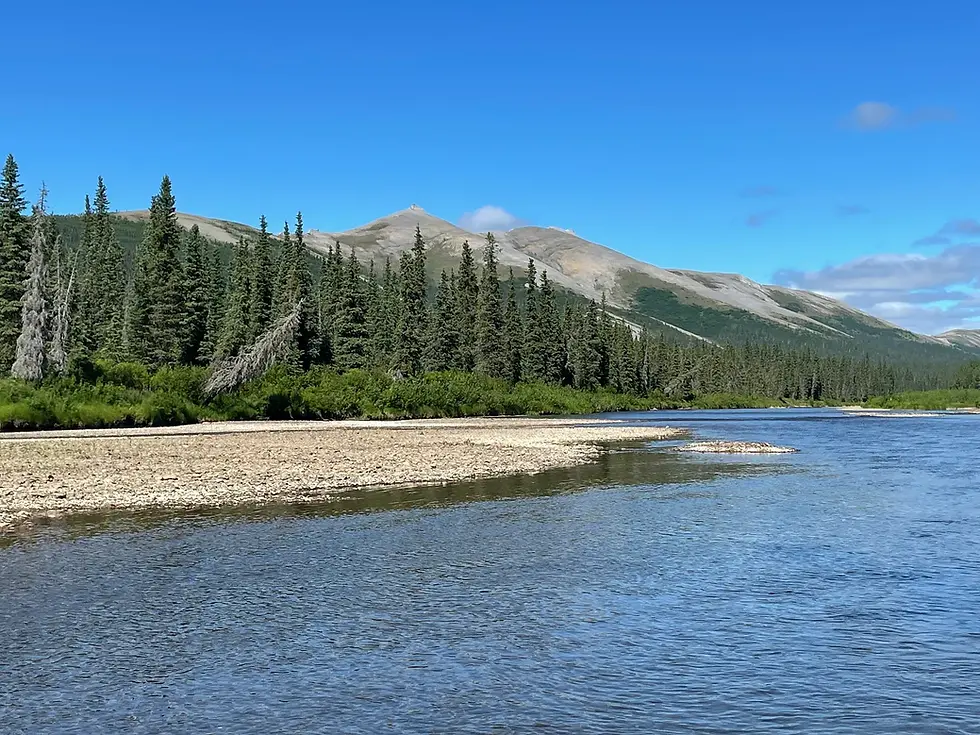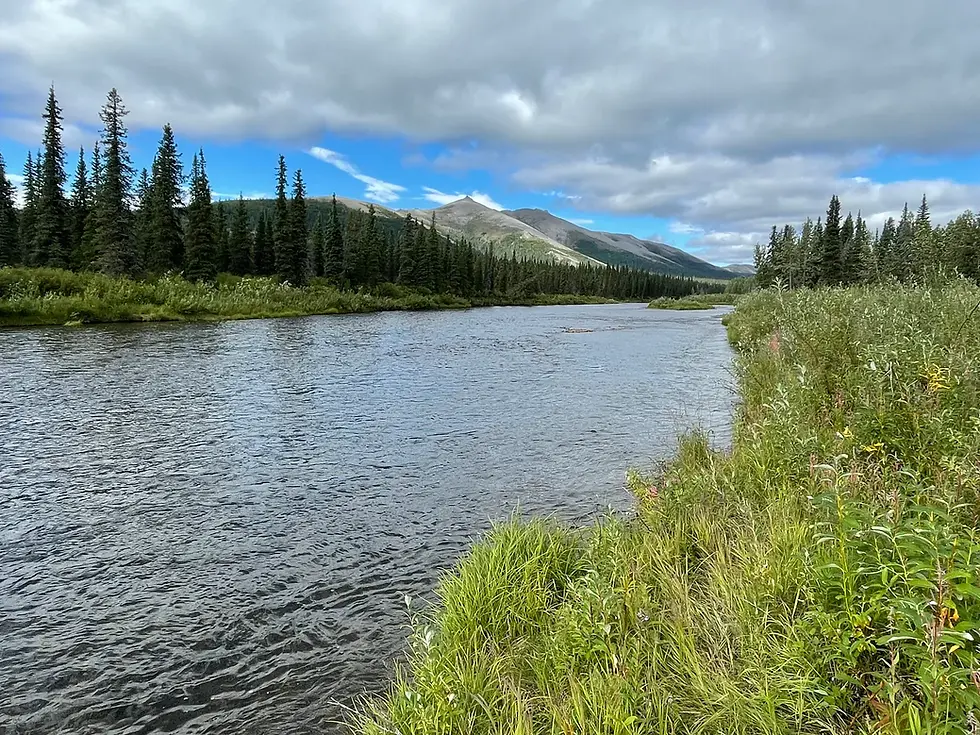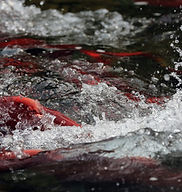The Bering Sea is already nearly ice-free, setting up more havoc for its ecosystem and residents
- Norton Bay Watershed Council

- Jan 2, 2019
- 2 min read
January 2, 2019

In a similar scenario to last year, the winter extent of Bering Sea ice is shaping up to be the lowest in more than 150 years of records. According to the National Snow and Ice Data Center, the Bering Sea lost two-thirds of its ice area since late January. Currently, open water persists across the entire sea, including in the Bering Strait and that narrow strait that normally links Alaska’s Little Diomede Island to Russia’s Big Diomede Island through May.
As in the case of last winter, this year wind-driven waves from unusually powerful storms, have been crashing onto beaches in communities along the Bering Strait pounding melting coastal sea ice into pieces and threatening people and infrastructure. Due to storm surges last month Kotlik was flooded and when the temperature dropped back to normal for a brief period in Shismareff, ice swept onto shore by the wind formed a 20 foot wall that began moving towards the village and stopped just short of the road to the airport.
Experts believe that this winter’s Bering Sea ice maximum was set and passed in late January making it the region’s second-lowest maximum extent on record. With unusually warm weather forecast for the coming week at the start of March, the region’s ice extent is expected to keep dwindling.
This means that Arctic village communities are not only threatened by storm surges and flooding but by impacts to subsistence resources caused by a major shift to the Bering Sea marine ecosystem. The lack of a “cold pool” (defined as colder than 2 degrees Celsius, that until last year, separated northern and southern Bering Sea species),in part contributes to these impacts. Experts doubt whether the ice that briefly appeared earlier this winter but is now gone was enough to regenerate the cold pool this year.
Does this mean the point of no return for the Bering Sea? On a March 5, webinar addressing the alarming lack of sea ice in the Bering Sea for another winter, in answer to my question about whether this marked the beginning of the end of permanent sea ice for the North Bering Sea, Rick Thoman who is a climate specialist with the Alaska Center for Climate Assessment and Policy at the University of Fairbanks, said that, in the future, while in some years sea ice may remain to carry over into the next year, it is highly likely that in most years this will not occur.








Comments